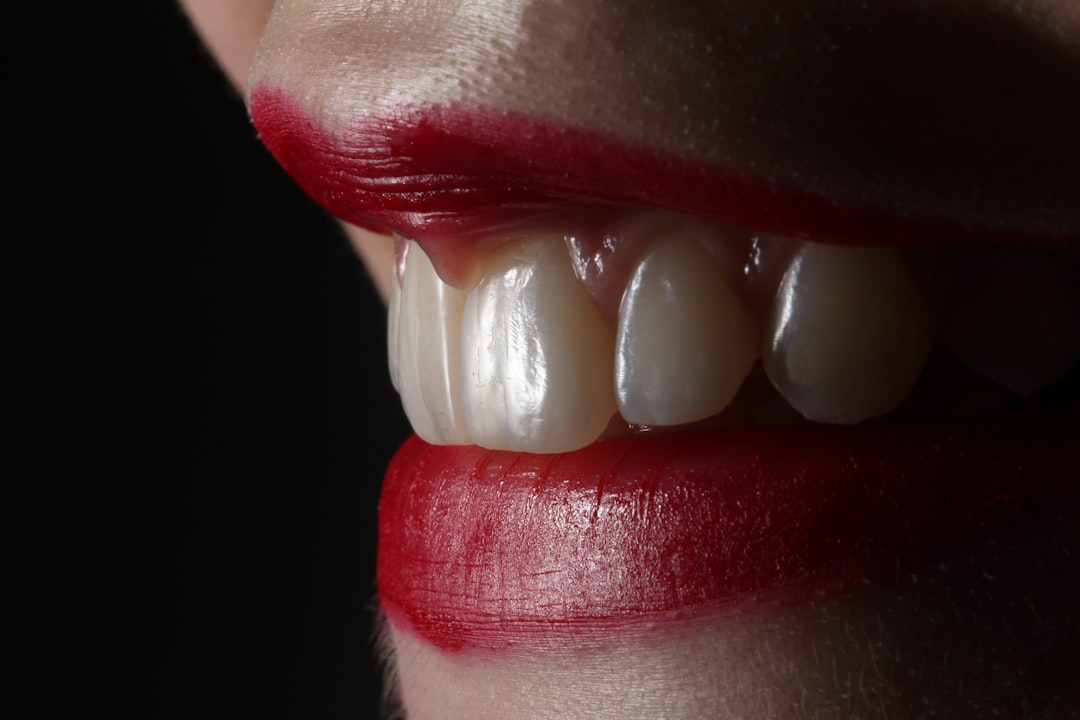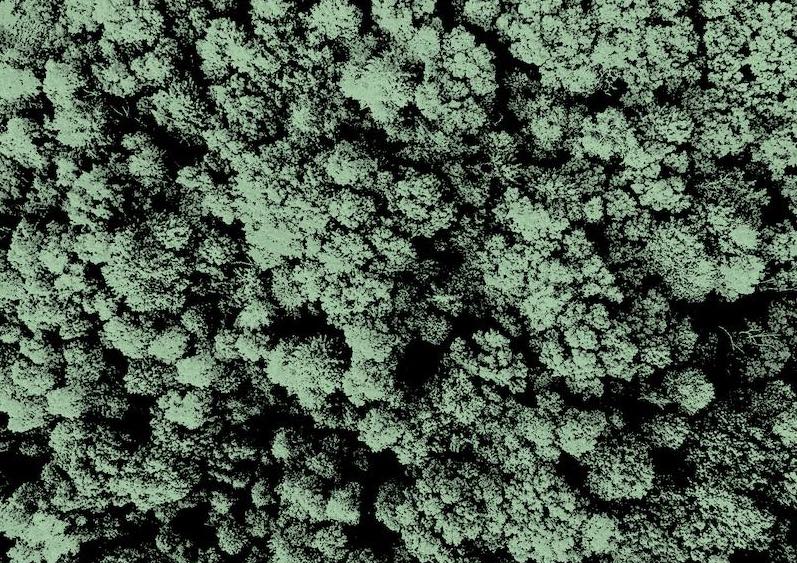What is it about?
A systematic review was conducted to critically analyze the available evidence on the effect of different modalities of alveolar ridge preservation (ARP) compared to tooth extraction alone in function of a set of relevant clinical and patient-centered outcomes.
Featured Image

Photo by Kassidy Sherburne on Unsplash
Why is it important?
It is common to lose a significant amount of alveolar ridge volume in the first three to six months after a tooth extraction. Performing a ridge preservation procedure at the time of tooth extraction can preserve much of the natural architecture of the bone after an extraction, minimize the detrimental effects of tooth loss, and reduce the need for additional bone grafting to allow for implant placement.
Perspectives
To our knowledge, this is one of the most exhaustive and rigorous systematic reviews on the topic of alveolar ridge preservation (ARP) to date. Our findings revealed that ARP is an effective therapy to attenuate the dimensional reduction of the alveolar ridge that normally takes place after tooth extraction.
Gustavo Avila-Ortiz
University of Iowa - College of Dentistry
Read the Original
This page is a summary of: Effect of alveolar ridge preservation interventions following tooth extraction: A systematic review and meta-analysis, Journal Of Clinical Periodontology, June 2019, Wiley,
DOI: 10.1111/jcpe.13057.
You can read the full text:
Contributors
The following have contributed to this page










